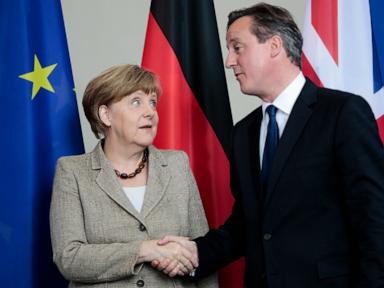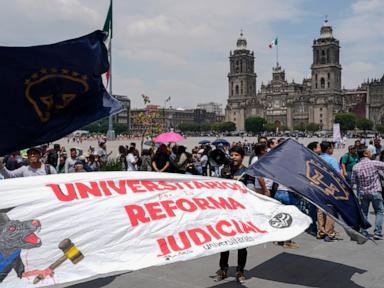ARTICLE AD BOX
The world has its eyes set on the US, which goes to polls in less than a week. Surveys indicate that the 2024 battle between Vice President Kamala Harris and former President Donald Trump is likely to be one of the most closely contested ones in recent US history.
Highly unlikely, but a tie in the Electoral College — a 269-269 split — cannot be entirely ruled out. This election features 538 electoral votes distributed among the 50 US states and Washington, D.C., based on population. To win, a presidential candidate must attain at least 270 electoral votes.
What happens in the event of a tie?
In the event of a 269-269 tie, the US Constitution outlines a process for resolution. The Senate elects the Vice President, while the House of Representatives chooses the President. This process is detailed in Article Two, Section One, Clause Three of the Constitution.
The 12th Amendment specifies that members of the House must select from the top three presidential candidates based on electoral votes, while Senators choose from the top two vice presidential candidates.
The voting process
While the electoral votes determine the overall winner, the popular vote will be completed by the time polls close on November 5. Each candidate has designated electors in each state who gather in their respective capitals and Washington, D.C., on December 17 to officially cast their electoral votes. These votes will then be counted during a joint session of Congress on January 6, 2025.
Although electors usually pledge to vote for their respective candidates, historical instances of “faithless electors” — where an elector votes for a candidate other than the one they pledged — could become crucial in a tight race. Although most past cases have had little impact, a potential tie or a close electoral margin will attract significant scrutiny on this usually procedural aspect of the electoral process.
Role of the Congress
With 435 members in the House of Representatives, each state's delegation casts a collective vote for president, meaning representatives from each state must agree on a single candidate. Similarly, Senators individually cast their votes for Vice President.
If a contingent election is required, it will occur on January 6, 2025, just three days after the newly elected Congress is sworn in. Therefore, the results of the congressional elections will directly influence the outcome of the presidential election in the event of a tie.
The President and Vice President-elect are set to be inaugurated on January 20, 2025.
.png)
 3 weeks ago
1
3 weeks ago
1








 English (US)
English (US)